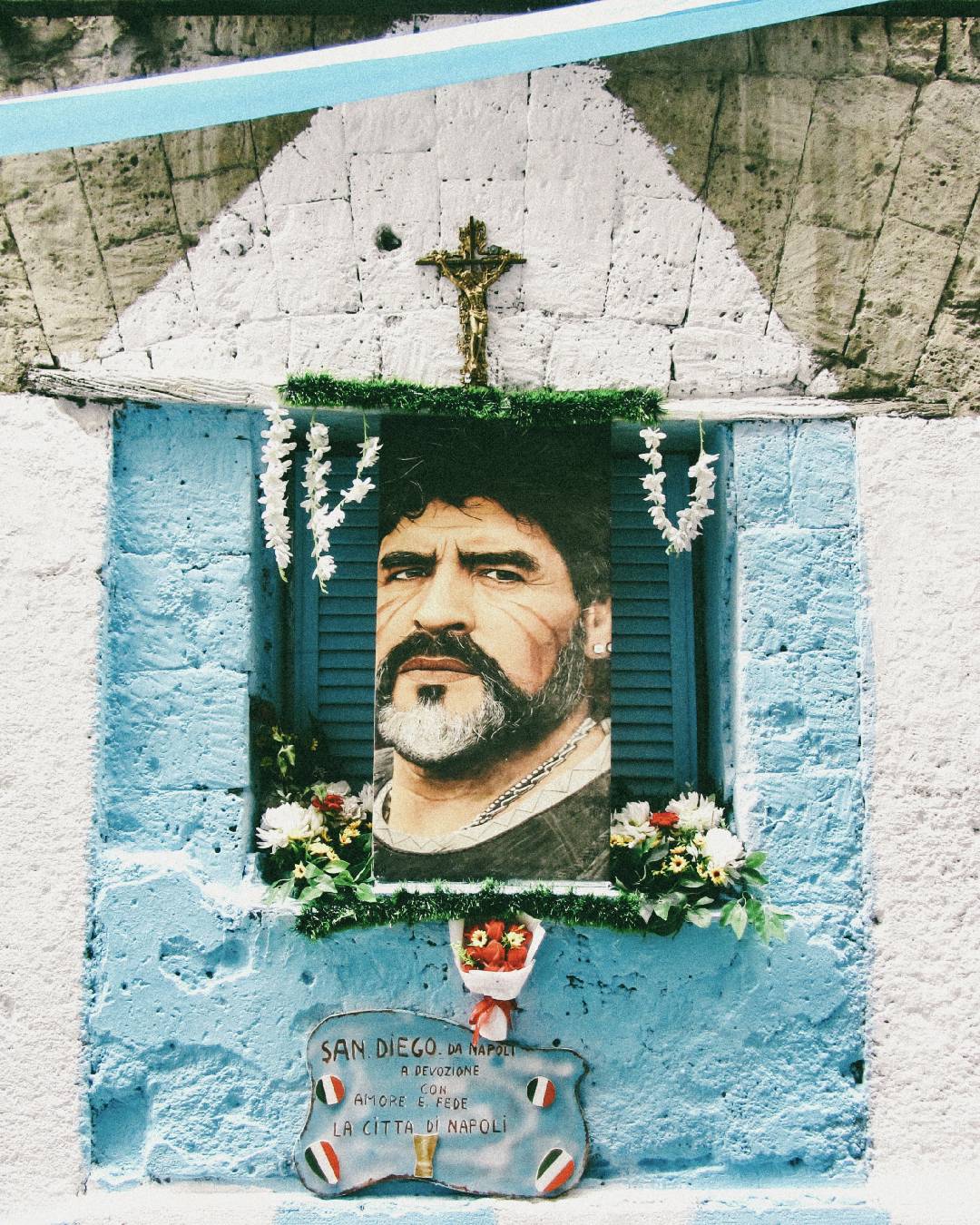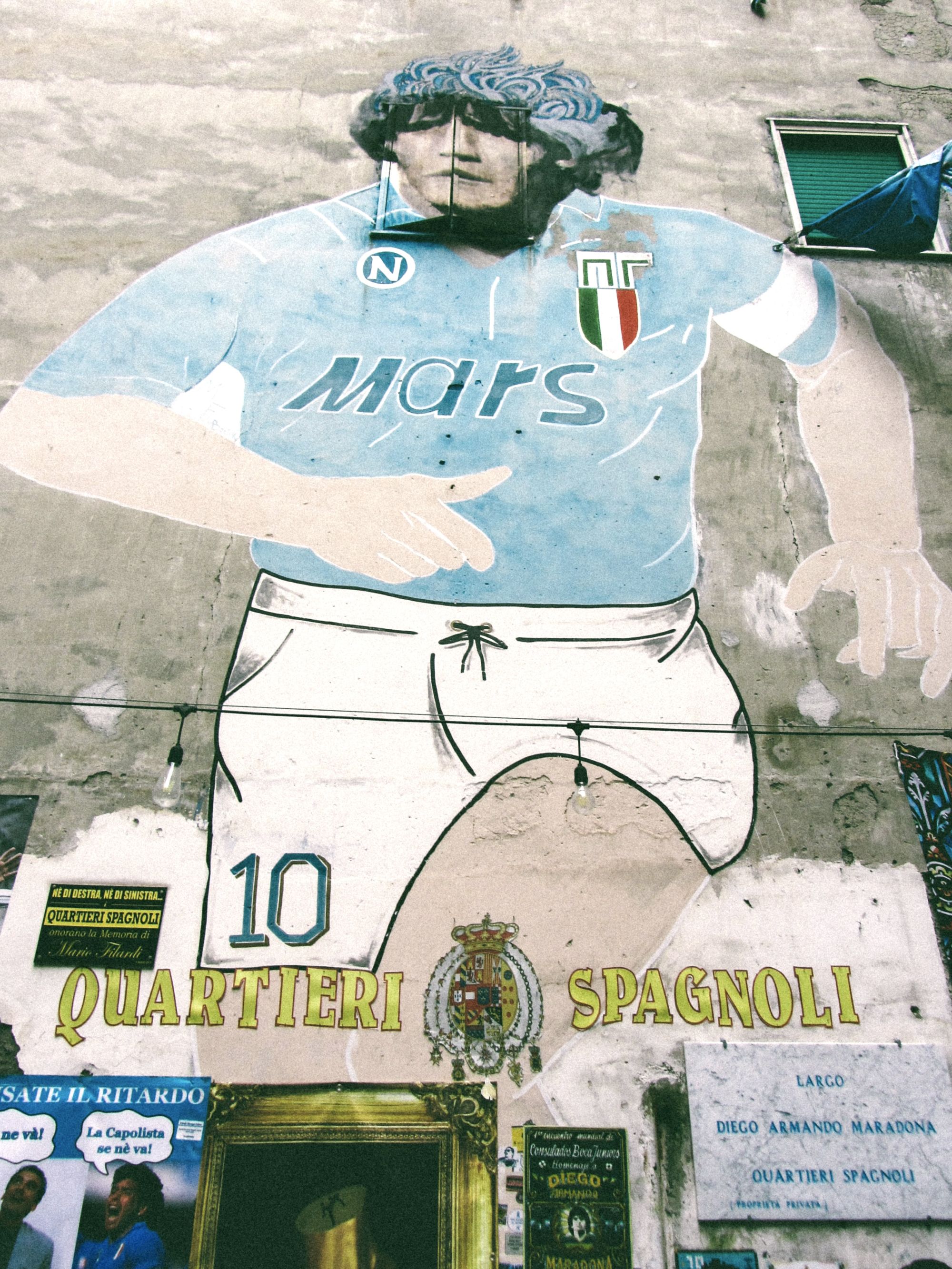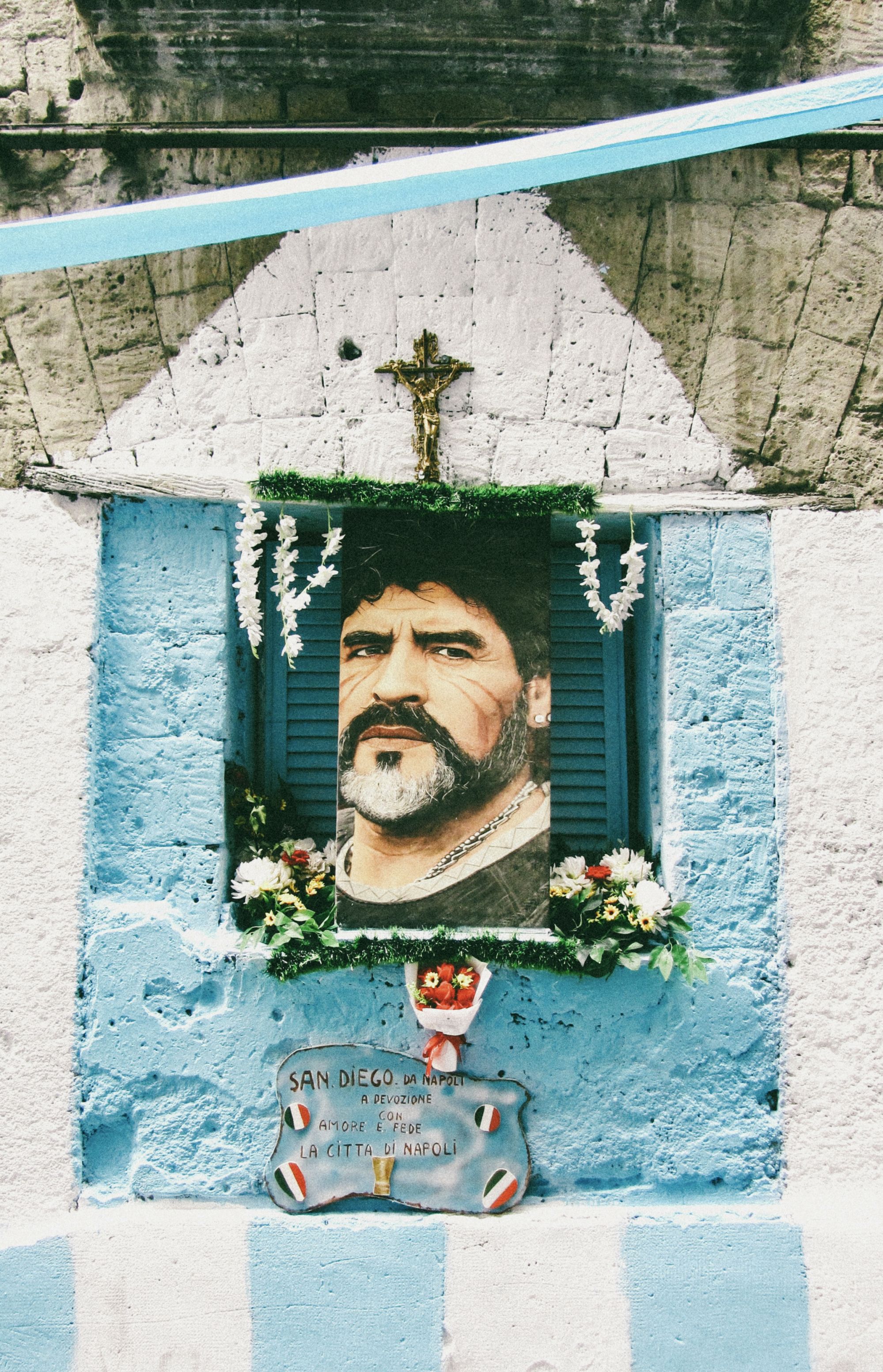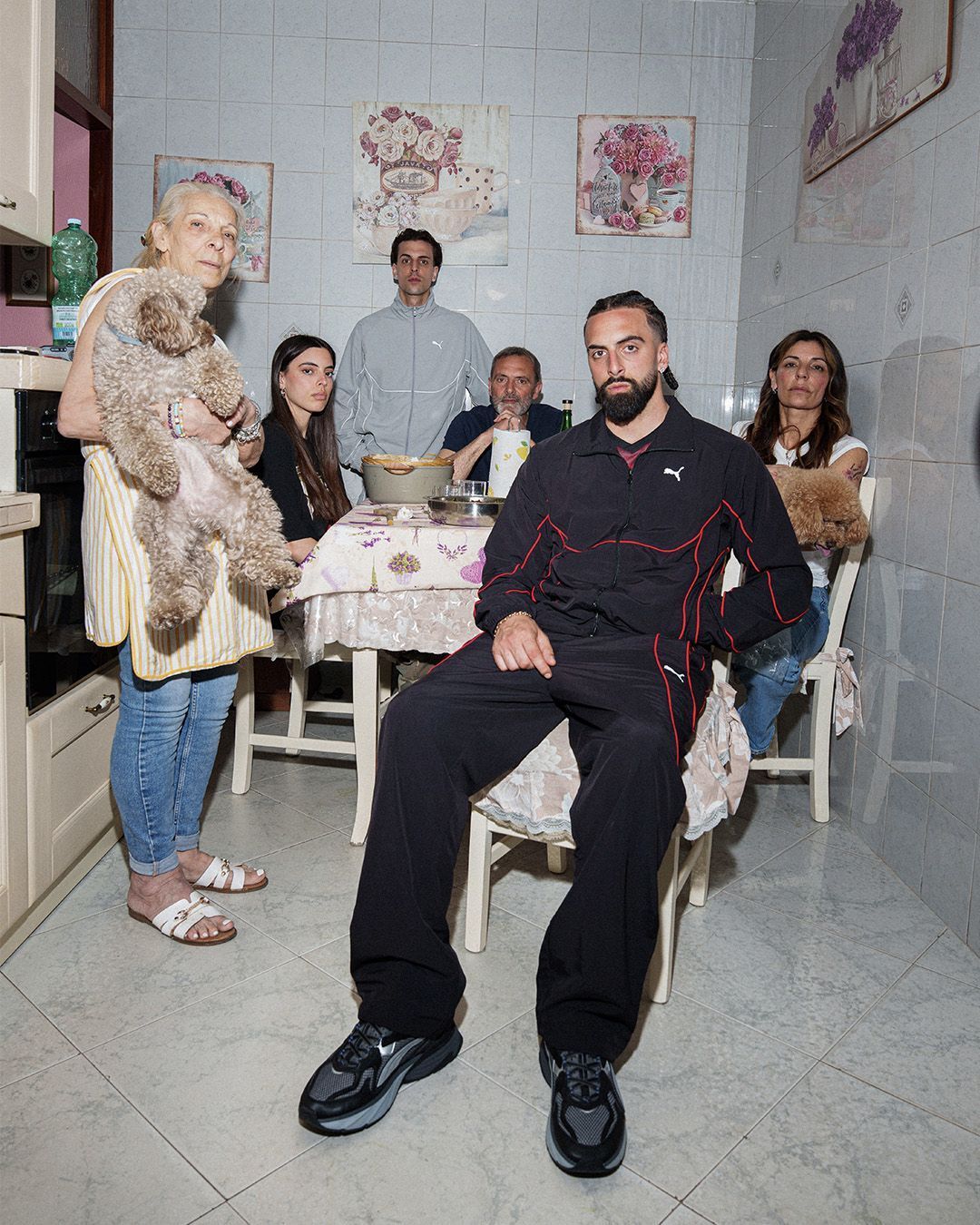
Waiting for Naples A tourism and cultural explosion thanks to a generation of creative people forced to leave
It's funny to think that at the very moment, Napoli won its last Maradonian Scudetto - and the last until the end of this championship - the generation destined to leave Naples was born. The Millennials, as well as members of the generation just before them, migrated first to Rome and then to Milan, leaving a de facto hole in the city's middle class, as Cristiano De Majo recounts in his book Guarigione. Growing up in Naples in the late 1990s and early 2000s meant, first of all, being sure to leave the city that, rightly or wrongly, was considered the most beautiful city in the world, knowing that Rome and Milan - the only two possible destinations - could never compete in the hearts of those who left.
There are at least four phases in the period between the Scudetto and the magical 22/23 season: the Bassolino era, the pre-Gomorra era, the post-Gomorra era and the era of the emergence of the new Napoli, which roughly coincides with the death of Pino Daniele in a strange January 2015. These are phases in which the memories of Naples' creative generation of the time intermingle: first Napoli went bankrupt (2004), then the rubbish emergency broke out (2007-2008), then Saviano, Gomorra and Garrone came and changed the history of the city forever: it was thought to be the worst, while that worst was the fuse for the explosion of the 'brand Napoli'.
The book that best describes the post-Gomorra/Nuova Napoli period is by Paolo Mossetti: journalist and writer, author of Appugrundisse, an essay/memoir that tells of the author's return to Naples at the height of the lockdown, during the so-called counter-migration that brought back - it is not yet known for how long - so many workers to the south in search of work, about 45 thousand throughout southern Italy, according to Svimez, with a potential of about 100 thousand workers. In his book - the title of which is a mixture of Pino Daniele's Appocundria and the Grundrisse, Karl Marx's greatest unfinished work - he not only describes the conditions in Naples, but also tells a true story of the city in the last 10 years, from the time after Gomorrah to the emergence of the 'New Naples'.
If the current one may seem like the most scintillating period of contemporary Naples, well, maybe we'll forget 2018. Despite the incredible season of Neapolitan calcio and an unmissable gauge of the city's health, Covid has interrupted - or rather put on hold - an urban expansion unprecedented in the history of the Campanian capital. From LIBERATO to Amica Geniale and Sorrentino, to the explosion of the modern Naples sound of Nu Genea and Periodica Records, to the rebirth of Campanian rap and a tourist boom that started the process of Airbnbisation of the Neapolitan old town that is still going on. If Rome was not built in a day, Naples could not have risen from the ashes of the Covid without an incredibly resilient root. Mossetti's book, as its author himself admits in an interview with Dario De Marco (another very good Neapolitan writer), focuses on: «The history of the twenty-first century, the last twenty years since joining Europe, the end of the twentieth-century parties, the beginning of the dominance of the centre-left, with a particular focus on the period 'after Gomorrah', that is.i.e. from the years when a certain sensationalist narrative had exploded, to those of 'being Neapolitan is wonderful', which turned into kitschy stickers for cheap tourism and the self-conviction of those who stayed in Naples.»
But who stayed in Naples? Not the Nu Genea who became the Nu Genea away from their city, who stressed in several interviews that the greatest inspiration for telling the story of the new Naples came from life outside the city. Neither Saviano nor Sorrentino, nor Lettieri, who travelled through Rome before returning to Naples with the incredible experience of LIBERATO. We can not say anything for LIBERATO himself or Elena Ferrante, given their hidden identities, but both had immoderate luck outside the city before returning home and becoming true singers of the city. Neither did De Magistris, who for a few moments was the most enlightened Neapolitan mayor, travelling around Naples only to take (legitimate) credit for the city's tourist explosion. Even Luchè or Clementino, who had invented modern rap in Naples, moved away, as did a whole creative class of photographers, designers and journalists who later returned to cover the city's rebirth. Those who were there are the ones who have waited a lifetime for this moment. The same people who created the narrative foundations that the whole world then wanted to tell.
The protagonists of Brett LLoyd's Napoli Napoli Napoli, those who lived through the experiences that led to the creation of Mare Fuori, or the social fabric that built the benevolent monsters of Napoli TikTok. The enthusiasts of the Neapolitan culinary renaissance, from Ciro Oliva to Sasa Giuliano, via Egidio Cerrone alla Masardona, a new (and social) way of understanding a tradition that is collapsing in on itself. Those who remained in Naples had not been seen for a long time. They were in the shadow of the story told by those who had left Naples - or by those who had never been to Naples and tried to tell the story with the same stereotypes or clichés that, when repeated, eventually become reality.
In a reportage of Bagnoli - one of the most unknown and absurd modern Neapolitan stories - Cristiano De Majo wrote that 'Naples is not understood by anyone'. So everyone began to try to portray their idea of Naples, confident that they could be seen. A virtuous circle was created in which Neapolitans who had to leave the city came back to represent it, certain that one way or another they would make their fortune, which in turn attracted other Neapolitans who had left the city (as mentioned at the beginning, there were so many) and outsiders who were sure to experience the Neapolitan frenzy. This created the illusion that Naples had only 'exploded' in recent years. In reality, Naples was only preparing itself, just as the streets of the city prepared themselves after the death of its king, which after more than 30 years sanctioned the emergence of a generation that imagined a future not far from Naples, to try to be the protagonist of those stories and cultural products that everyone likes today.






















































































